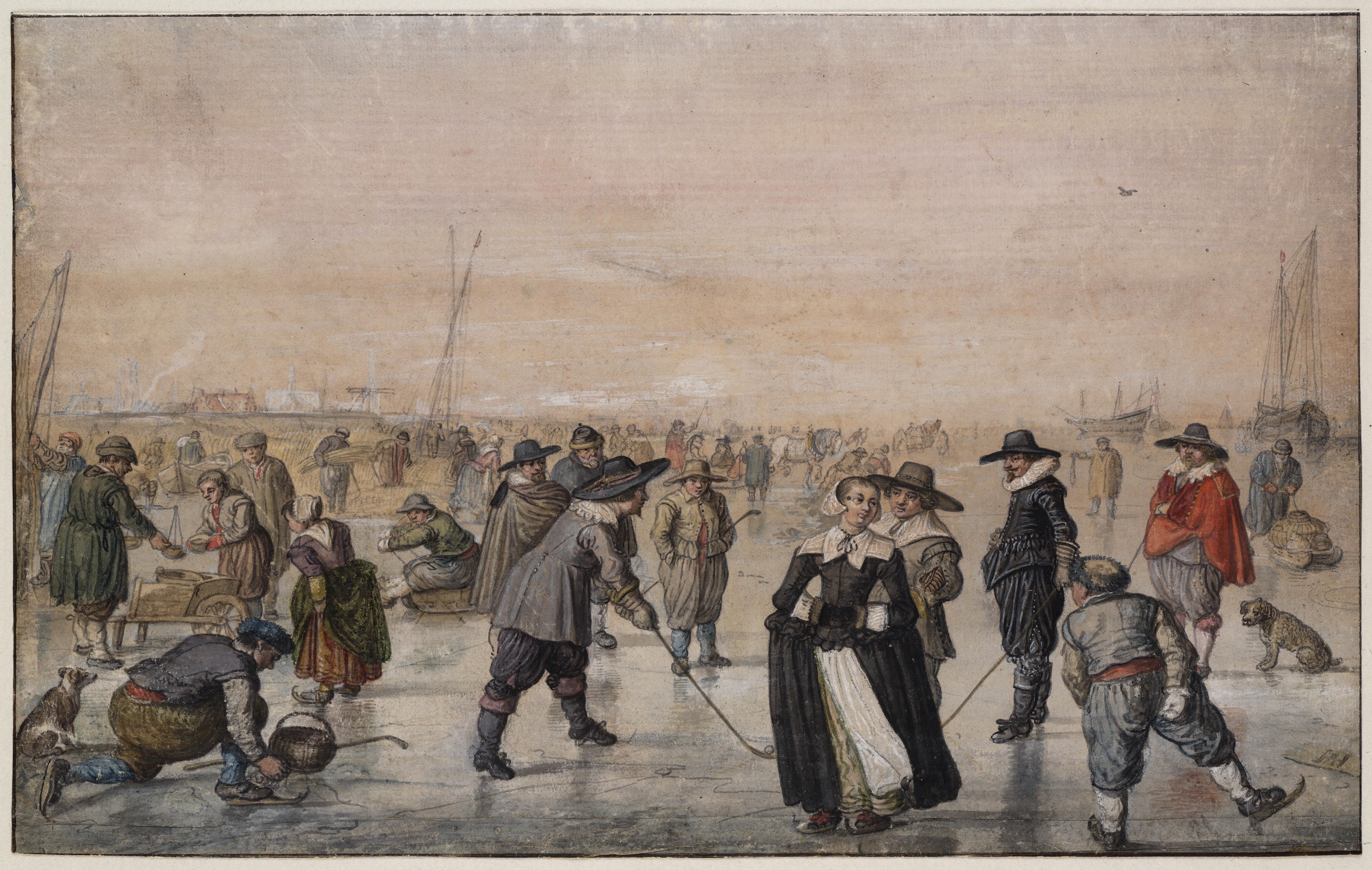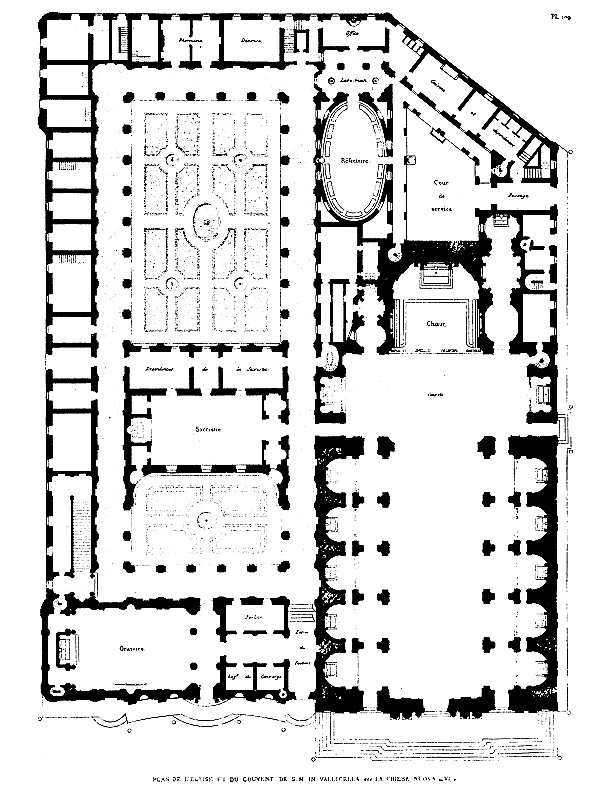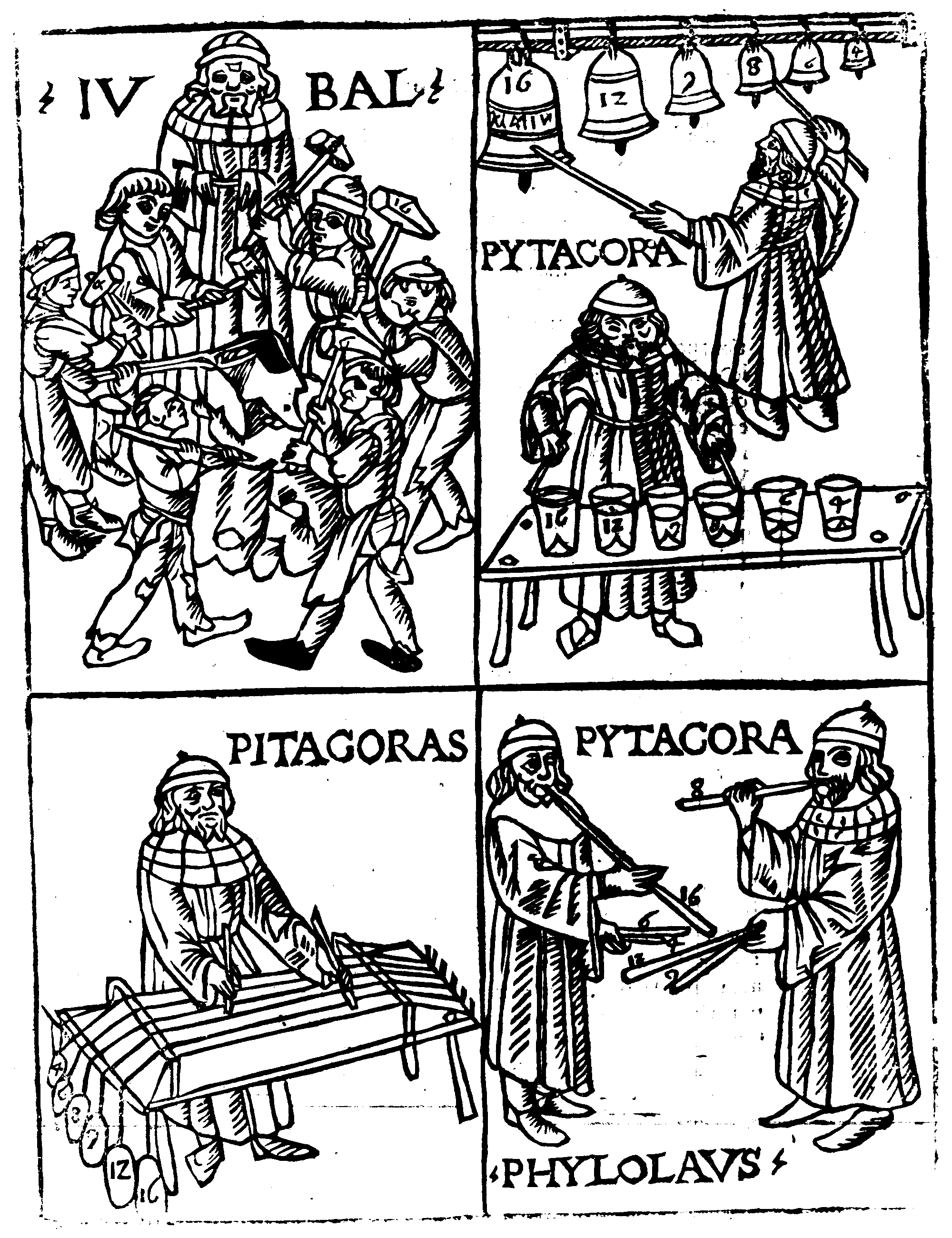|
Antimo Liberati
Antimo Liberati (3 April 1617 – 24 February 1692) was an Italian music theorist, composer, and contralto singer. Born in Foligno, Liberati began his musical training began in Rome in 1628 when he was admitted to the choir of San Giovanni in Laterano, at the time under the direction of Antonio Maria Abbatini. He also studied law and fine arts and for a time worked as a notary in Foligno. From 1637 to 1643 Liberati was a court musician in the service of Emperor Ferdinand III and Archduke Leopold in Vienna. He was appointed a member of the Sistine Chapel Choir in 1662, served as its secretary (''puntatore'') in 1670 and its '' maestro di cappella'' in 1674 and 1675. He composed numerous pieces of sacred music of which 22 survive. However, he was primarily known for his writings on music theory, especially ''Epitome della musica'' (1666) and ''Lettera scritta dal sig. Antimo Liberati in risposta ad una del sig. Ovidio Persapegi'' (1685). The diary which he produced in his year as ... [...More Info...] [...Related Items...] OR: [Wikipedia] [Google] [Baidu] |
Foligno
Foligno (; Southern Umbrian: ''Fuligno'') is an ancient town of Italy in the province of Perugia in east central Umbria, on the Topino river where it leaves the Apennines and enters the wide plain of the Clitunno river system. It is located south-east of Perugia, north-north-west of Trevi and south of Spello. While Foligno is an active bishopric, one of its civil parishes, San Giovanni Profiamma, is the historical site of the former bishopric of Foro Flaminio, which remains a Latin Catholic titular see. Foligno railway station forms part of the main line from Rome to Ancona, and is the junction for Perugia; it is thus an important rail centre, with repair and maintenance yards for the trains of central Italy, and was therefore subjected to severe Allied aerial bombing in World War II, responsible for its relatively modern aspect, although it retains some medieval monuments. Of its Roman past no significant trace remains, with the exception of the regular street plan o ... [...More Info...] [...Related Items...] OR: [Wikipedia] [Google] [Baidu] |
Foligno Cathedral
Foligno Cathedral ( it, Basilica Cattedrale di San Feliciano; Duomo di Foligno) is a Catholic cathedral situated on the Piazza della Repubblica in the center of Foligno, Italy. The cathedral, built on the site of an earlier basilica, is dedicated to the patron saint of the city, the martyr Felician of Foligno (San Feliciano), who was buried here in 251 AD. It is the seat of the Bishop of Foligno. It contains the cathedra for the Diocese of Foligno. History The church was built in Romanesque style in the period 1133–1201. Bishop Marco began the construction in 1133. The renewed church was consecrated in 1149 by Cardinal Giulio di San Marcello. The cathedral has two façades, the principal façade, or west front, facing the ''Piazza Grande'', and the secondary façade facing the ''Piazza della Repubblica''. The north transept and the secondary façade were commissioned in 1204 by Bishop Anselmo degli Atti, as attested by an inscription on the façade. The south transept was o ... [...More Info...] [...Related Items...] OR: [Wikipedia] [Google] [Baidu] |
Roman School Composers
Roman or Romans most often refers to: *Rome, the capital city of Italy *Ancient Rome, Roman civilization from 8th century BC to 5th century AD *Roman people, the people of ancient Rome *''Epistle to the Romans'', shortened to ''Romans'', a letter in the New Testament of the Christian Bible Roman or Romans may also refer to: Arts and entertainment Music * Romans (band), a Japanese pop group * ''Roman'' (album), by Sound Horizon, 2006 * ''Roman'' (EP), by Teen Top, 2011 *" Roman (My Dear Boy)", a 2004 single by Morning Musume Film and television *Film Roman, an American animation studio * ''Roman'' (film), a 2006 American suspense-horror film * ''Romans'' (2013 film), an Indian Malayalam comedy film * ''Romans'' (2017 film), a British drama film * ''The Romans'' (''Doctor Who''), a serial in British TV series People *Roman (given name), a given name, including a list of people and fictional characters *Roman (surname), including a list of people named Roman or Romans *Ῥωμα� ... [...More Info...] [...Related Items...] OR: [Wikipedia] [Google] [Baidu] |
17th-century Italian Singers
The 17th century lasted from January 1, 1601 ( MDCI), to December 31, 1700 ( MDCC). It falls into the early modern period of Europe and in that continent (whose impact on the world was increasing) was characterized by the Baroque cultural movement, the latter part of the Spanish Golden Age, the Dutch Golden Age, the French ''Grand Siècle'' dominated by Louis XIV, the Scientific Revolution, the world's first public company and megacorporation known as the Dutch East India Company, and according to some historians, the General Crisis. From the mid-17th century, European politics were increasingly dominated by the Kingdom of France of Louis XIV, where royal power was solidified domestically in the civil war of the Fronde. The semi-feudal territorial French nobility was weakened and subjugated to the power of an absolute monarchy through the reinvention of the Palace of Versailles from a hunting lodge to a gilded prison, in which a greatly expanded royal court could be more easily ... [...More Info...] [...Related Items...] OR: [Wikipedia] [Google] [Baidu] |
Italian Music Theorists
Italian(s) may refer to: * Anything of, from, or related to the people of Italy over the centuries ** Italians, an ethnic group or simply a citizen of the Italian Republic or Italian Kingdom ** Italian language, a Romance language *** Regional Italian, regional variants of the Italian language ** Languages of Italy, languages and dialects spoken in Italy ** Italian culture, cultural features of Italy ** Italian cuisine, traditional foods ** Folklore of Italy, the folklore and urban legends of Italy ** Mythology of Italy, traditional religion and beliefs Other uses * Italian dressing, a vinaigrette-type salad dressing or marinade * Italian or Italian-A, alternative names for the Ping-Pong virus, an extinct computer virus See also * * * Italia (other) * Italic (other) * Italo (other) * The Italian (other) The Italian may refer to: * ''The Italian'' (1915 film), a silent film by Reginald Barker * ''The Italian'' (2005 film), a Russian film by A ... [...More Info...] [...Related Items...] OR: [Wikipedia] [Google] [Baidu] |
1692 Deaths
Year 169 ( CLXIX) was a common year starting on Saturday (link will display the full calendar) of the Julian calendar. At the time, it was known as the Year of the Consulship of Senecio and Apollinaris (or, less frequently, year 922 ''Ab urbe condita''). The denomination 169 for this year has been used since the early medieval period, when the Anno Domini calendar era became the prevalent method in Europe for naming years. Events By place Roman Empire * Marcomannic Wars: Germanic tribes invade the frontiers of the Roman Empire, specifically the provinces of Raetia and Moesia. * Northern African Moors invade what is now Spain. * Marcus Aurelius becomes sole Roman Emperor upon the death of Lucius Verus. * Marcus Aurelius forces his daughter Lucilla into marriage with Claudius Pompeianus. * Galen moves back to Rome for good. China * Confucian scholars who had denounced the court eunuchs are arrested, killed or banished from the capital of Luoyang and official li ... [...More Info...] [...Related Items...] OR: [Wikipedia] [Google] [Baidu] |
1617 Births
Events January–June * February 27 – The Treaty of Stolbovo ends the Ingrian War between Sweden and Russia. Sweden gains Ingria and Kexholm. * April 14 – Second Battle of Playa Honda: The Spanish navy defeats a Dutch fleet in the Philippines. * April 19 – The town of Uusikaupunki ( sv, Nystad, lit. "New Town") was founded by King Gustavus Adolphus of Sweden. * April 24 – Encouraged by Charles d'Albert, seventeen-year-old Louis XIII, king of France, forces his mother Marie de Medici, who has held ''de facto'' power, into retirement and has her favourite, Concino Concini, assassinated. * June 5 – Ferdinand II, Archduke of Inner Austria, is elected King of Bohemia. Ferdinand's forceful Catholic counter-reformation causes great unrest, amongst the Protestants and moderates in Bohemia. July–December * September 1 – The weighing ceremony of Jahangir is described by the first English ambassador to the Mughal court, Sir Thomas Ro ... [...More Info...] [...Related Items...] OR: [Wikipedia] [Google] [Baidu] |
Dizionario Biografico Degli Italiani
The ''Dizionario Biografico degli Italiani'' ( en, Biographical Dictionary of the Italians) is a biographical dictionary published in 100 volumes by the Istituto dell'Enciclopedia Italiana, started in 1960 and completed in 2020. It includes about 40,000 biographies of distinguished Italians. The entries are signed by their authors and provide a rich bibliography. History The work was conceived in 1925, to follow the model of similar works such as the German '' Allgemeine Deutsche Biographie'' (1912, 56 volumes) or the British ''Dictionary of National Biography'' (from 2004 the ''Oxford Dictionary of National Biography''; 60 volumes). It is planned to include biographical entries on Italians who deserve to be preserved in history and who lived at any time during the long period from the fall of the Western Roman Empire to the present. As director of the Treccani, Giovanni Gentile entrusted the task of coordinating the work of drafting to Fortunato Pintor, who was soon joined by ... [...More Info...] [...Related Items...] OR: [Wikipedia] [Google] [Baidu] |
Centre De Musique Baroque De Versailles
The Centre de Musique Baroque de Versailles (CMBV - ''Centre of Baroque Music Versailles'') is a centre for the study and performance of French Baroque music, based at the Menus-Plaisirs du Roi. It was founded by Philippe Beaussant and Vincent Berthier de Lioncourt, who were entrusted with the task of founding a musical establishment at Versailles by the French Ministry of Culture in 1987. It opened in 1988 (with Beaussant as its first artistic advisor and de Lioncourt its first director), and an adult choir and children's choir (''Les Chantres'' and ''Les Pages'' respectively) were added in the following two years. It has since 1996 been based in the Hôtel des Menus-Plaisirs at the Palace. External linksHomepage ( [...More Info...] [...Related Items...] OR: [Wikipedia] [Google] [Baidu] |
The New Grove Dictionary Of Music And Musicians
''The New Grove Dictionary of Music and Musicians'' is an encyclopedic dictionary of music and musicians. Along with the German-language ''Die Musik in Geschichte und Gegenwart'', it is one of the largest reference works on the history and theory of music. Earlier editions were published under the titles ''A Dictionary of Music and Musicians'', and ''Grove's Dictionary of Music and Musicians''; the work has gone through several editions since the 19th century and is widely used. In recent years it has been made available as an electronic resource called ''Grove Music Online'', which is now an important part of ''Oxford Music Online''. ''A Dictionary of Music and Musicians'' ''A Dictionary of Music and Musicians'' was first published in London by Macmillan and Co. in four volumes (1879, 1880, 1883, 1889) edited by George Grove with an Appendix edited by J. A. Fuller Maitland in the fourth volume. An Index edited by Mrs. E. Wodehouse was issued as a separate volume in 1890. I ... [...More Info...] [...Related Items...] OR: [Wikipedia] [Google] [Baidu] |
Santa Maria In Vallicella
Santa Maria in Vallicella, also called Chiesa Nuova, is a church in Rome, Italy, which today faces onto the main thoroughfare of the Corso Vittorio Emanuele and the corner of Via della Chiesa Nuova. It is the principal church of the Oratorians, a religious congregation of secular priests, founded by St Philip Neri in 1561 at a time in the 16th century when the Counter Reformation saw the emergence of a number of new religious organisations such as the Society of Jesus (Jesuits), the Theatines and the Barnabites. History By tradition, St. Gregory the Great built the first church on the site. By the 12th century, it was dedicated to ''Santa Maria in Vallicella'' ("Our Lady in the Little Valley"). In 1575, Pope Gregory XIII recognised Neri's group as a religious Congregation and gave them the church and its small attached convent. St. Philip Neri, helped by Cardinal Pier Donato Cesi and Pope Gregory XIII, had the church rebuilt, starting in 1575. When Pierdonato died, his brot ... [...More Info...] [...Related Items...] OR: [Wikipedia] [Google] [Baidu] |
Music Theorist
Music theory is the study of the practices and possibilities of music. ''The Oxford Companion to Music'' describes three interrelated uses of the term "music theory". The first is the " rudiments", that are needed to understand music notation (key signatures, time signatures, and rhythmic notation); the second is learning scholars' views on music from antiquity to the present; the third is a sub-topic of musicology that "seeks to define processes and general principles in music". The musicological approach to theory differs from music analysis "in that it takes as its starting-point not the individual work or performance but the fundamental materials from which it is built." Music theory is frequently concerned with describing how musicians and composers make music, including tuning systems and composition methods among other topics. Because of the ever-expanding conception of what constitutes music, a more inclusive definition could be the consideration of any sonic phenomena, ... [...More Info...] [...Related Items...] OR: [Wikipedia] [Google] [Baidu] |



